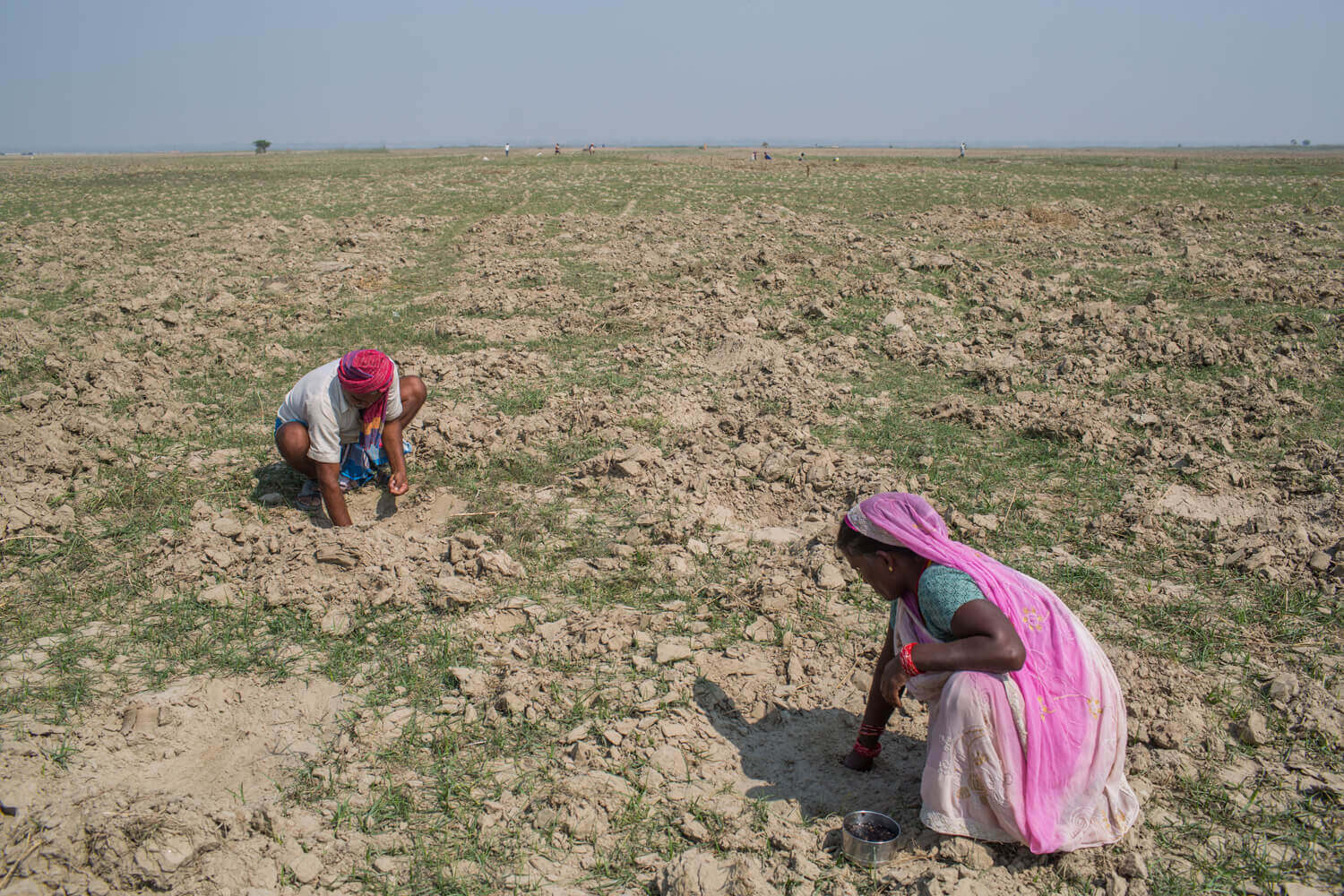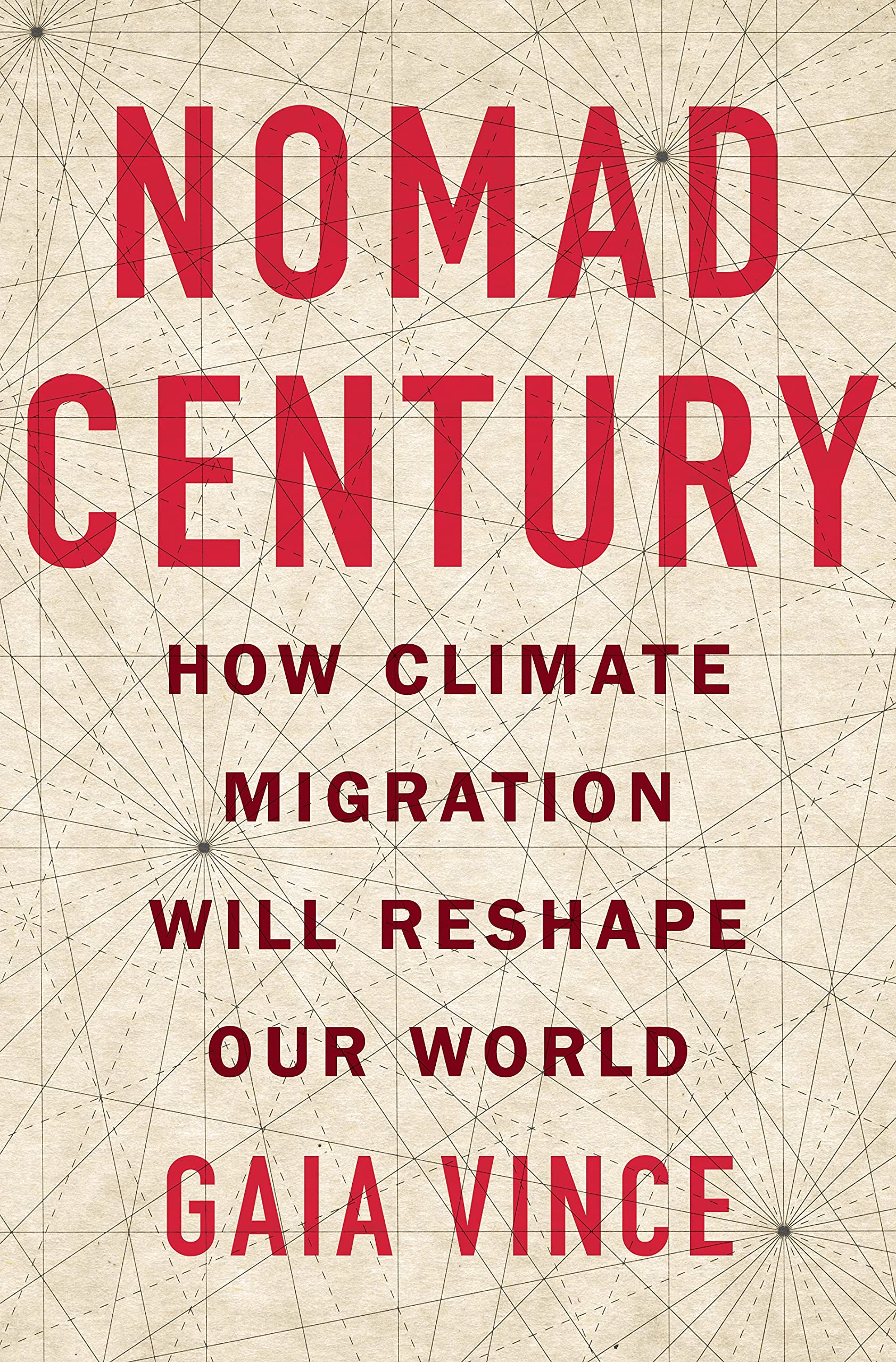Unthinkable in the current climate

Kim Stanley Robinson’s cli-fi novel The Ministry for the Future begins with an unprecedented heatwave in northern India. Air conditioners and fans stop working because of power cuts, water runs out, and more than 20 million people die.
The same dystopian future is the subject of Gaia Vince’s new book Nomad Century: How Climate Migration Will Reshape Our World. But Vince’s book is not science fiction — it looks at mass migrations from the most densely-populated parts of the world because of unsurvivable heat waves.
‘Fleeing the tropics, the coasts and formerly arable lands, huge populations will need to seek new homes. You will be among them, or you will be receiving them,’ Vince predicts. The heat waves in India, China, Europe and North America this summer were hints of what may be in store.
Scientists are predicting that if the buildup of greenhouse gases continues at the present rate, average global temperatures will cross 2°C by 2050, and could reach a sizzling 4°C by the end of the century.
The heat impact on South Asia, especially the densely populated Indo-Gangetic plains, would be unthinkable, and will be accompanied by sea level rise that could submerge coastal cities, and millions will be hit by floods and droughts.
Vince predicts that large swathes of the globe will be uninhabitable, leaving no choice for at least 5 billion people but to move either to higher latitude or altitude.
The scenario is so apocalyptic that Robinson in his novel imagines a future in which world governments are finally shocked into action by the mass deaths in northern India. And Vince advocates preparing for future migrations because it is not a question of if, but when, where and how many.

Read also:
Migration mitigation, Editorial
Clock starts ticking at COP25, Josie Wang
Unlike authors, scientists and academics are loath to make specific predictions about mass migrations without adequate research. However, military strategists and intelligence agencies in many countries are already known to be planning for the security posed by a rising tide of humanity on the move.
In Nepal, it could mean a steady increase in the movement of people to the uplands from the Tarai, reversing the outmigration of people from the mountains to the plains. In India, people could stream out of the heavily populated Ganga plains for the cooler climes of Kashmir, Himachal, Uttarakhand, or Sikkim. Heat could push many Pakistanis from Punjab and Sindh to the Hindu Kush.
“Humans have always migrated, for one reason or the other,” says Yogendra B Gurung, Professor at the Central Department of Population Studies in Tribhuvan University. “It used to be for better economic opportunities. Now, we have climate-induced disasters in the mix.”
For decades, Nepalis have moved from the mountains and hills to the Tarai. First due to planned resettlement in the 1960s, and later seeking better jobs, healthcare and education resulting in 54% of Nepal’s 30 million population now living in the plains. But if current heating trends continue, the movement could be in the opposite direction.
Climate migration is not new, it is already happening. Villages in Kavre, Ramechhap and Mustang districts have seen entire households moving out because of water sources going dry due to prolonged droughts. But heat stress is going to affect many more people, and they will have nowhere to go, but up.
A new report by the World Bank Group, Country, Climate and Development Report for Nepal warns: 'Heat stress affects large swathes of the country, with over 4 million Nepalese facing the health impacts of extreme heat.'
Read Also:
The carbon footprint of tourism
Climate climax, Editorial
Climate damage, Editorial
Nepal’s climate adaptation plans so far mostly take into account melting glaciers, receding snow lines and the mountains. “There is no real mention of the Tarai in our climate discourse, we haven’t even begun to study the slow-onset impacts of the climate crisis,” says Ajaya Dixit of the Institute for Social and Environmental Transition (ISET) Nepal.
Dixit spent three months this spring in New Delhi during an unseasonal heat wave, with the maximum temperature most days touching 45°C in April. He writes in a guest editorial for Nepali Times this week: ‘In Nepal, we have not yet recognised increasing heat as a potential problem – both in terms of threats in the Tarai and river valleys, and the environmental implications of possible movement of people up the mountains.’
Future climate refugees might have to deal with a whole new set of problems in their new homes: adapting to drastically different climate and socio-economic conditions, and a hostile political environment.
“Nepal is already starting to see reverse migration of people from lowlands to highlands unlike in the past, and we will likely see more of it in the future. Even plants and vectors like mosquitoes are moving up,” says climate scientist Manjeet Dhakal. “But it is unlikely to resolve the root cause of the problem. It is much better to devise adaptation strategies starting right now.”

Like in Kim Stanley Robinson’s novel, Gaia Vince in Nomad Century explores the similar solutions like using bioengineering to stabilise and cool the planet, a global governance body to set the planet’s thermostat, building new compact cities at higher latitudes to house climate refugees with an international tax, universal passports.
Many of these ideas are politically unfeasible in the present climate, as seen in the rise of populist anti-immigration parties in the North. But the climate refugee crisis will be so drastic that it will need drastic solutions. Vince believes that future migration will benefit both refugees and their destination countries which by then will have declining populations because of falling birth rates. In fact, migration may be necessary for humanity to survive a crisis of its own making.
Humans migrated out of Africa, possibly also due to climate reasons, some 80,000 years ago. And they have been on the move ever since. The climate crisis now poses the threat of another mass exodus, on a scale never seen before.
Read also:
Nepal must prepare for climate migration, Sonia Awale
The Third Pole is warming faster than expected, Kunda Dixit
Terrifying assessment of a Himalayan melting, Kunda Dixit
The Ministry for the Future
By Kim Stanley Robinson
Orbit, 2020
576p
$20.49 (hardback)


Nomad Century: How Climate Migration Will Reshape Our World
By Gaia Vince
Flatiron Books, 2022
288p
$18.99 (hardback)
writer
Sonia Awale is Executive Editor of Nepali Times where she also serves as the health, science and environment correspondent. She has extensively covered the climate crisis, disaster preparedness, development and public health -- looking at their political and economic interlinkages. Sonia is a graduate of public health, and has a master’s degree in journalism from the University of Hong Kong.
